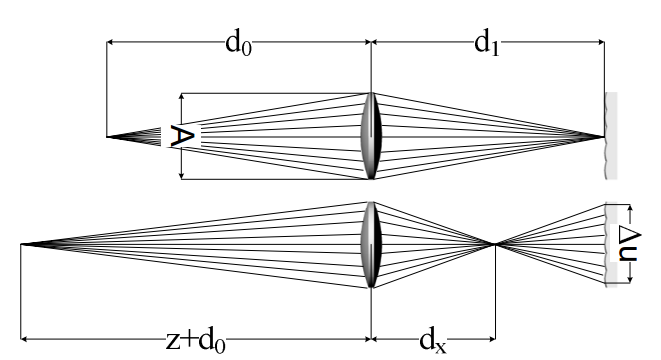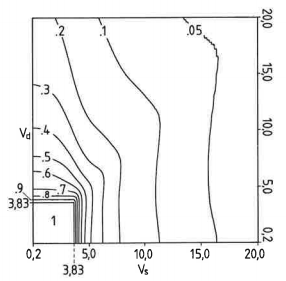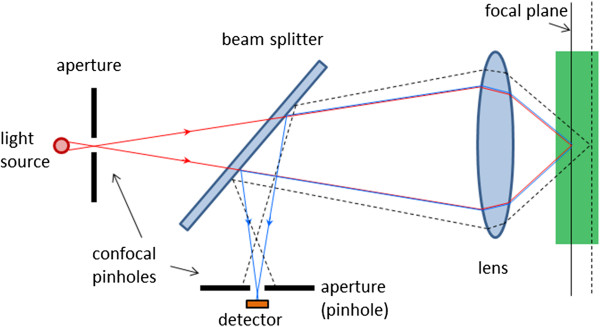
Plenoptic cameras1are able to acquire multi-view content that can be displayed on auto-stereoscopic displays. Depth maps can be generated from the set of multiple views. As it is a single lens system, very often the question arises whether this system is suitable for 3D or depth measurement. The underlying thought is that the precision with which it is able to generate depth maps is limited by the aperture size of the main lens. In this paper, we will explore the depth discrimination capabilities of plenoptic cameras. A simple formula quantifying the depth resolution will be
given and used to drive the principal design choices for a good depth measuring single lens system.
“Optimal Depth Resolution in Plenoptic Imaging“, V. Drazic, IEEE Internacional Conference on Multimedia and Expo, 19-23 July 2010, Singapore (ICMA 2010)
Skip to PDF content

We consider the effect of the finite size of the source and of the detector on the three-dimensional transfer function of an incident light coherent confocal scanning microscope. Up to now the source has always been modeled as being punctiform. We will show that a finite source alters the 3D resolution and hence the imaging properties of such a microscope much more than a finite detector of the same size. It is also the aim of this paper to determine the greatest size of the source and the detector which still preserves the 3D resolution attained with a confocal microscope.
“Three-dimensional transfer function of coherent confocal microscopes with extended source and detector“, Valter DRAZIC, Journal of Modern Optics, 1992, vol. 39, No. 8, 1777-1790.
Skip to PDF content

Previous papers about coherent scanning optical microscopes took into account two types of microscope: those with a point detector called type-II or confocal microscopes and those with an infinitely large area detector called type-I or conventional microscopes. Here the pinhole size of a type-II microscope was permitted to vary, and it is shown how the size could affect the imaging properties of a real microscope. The three-dimensional optical transfer function is established, and we discuss in particular the resolution capabilities, lateral as well as longitudinal, of a scanning microscope with a given pinhole size or detector area. Finally, a rigorous confocality criterion, which will answer the question of how small the pinhole should be made to give confocal imaging properties to a scanning microscope, is given.
“Dependence of two- and three-dimensional optical transfer functions on pinhole radius in a coherent confocal microscope“, Valter DRAZIC, Journal of the Optical Society of America A, Vol. 9, No 5, May 1992, 725-731
“Dependence of two- and three-dimensional optical transfer functions on pinhole radius in a coherent confocal microscope – comments“, C. J. R. Sheppard, Min Gu, Journal of the Optical Society of America A, Vol. 10, No 3, March 1993, 533-534
“Dependence of two- and three-dimensional optical transfer functions on pinhole radius in a coherent confocal microscope – reply to comments“, Valter DRAZIC, Journal of the Optical Society of America A, Vol. 10, No 3, March 1993, 535-537
Skip to PDF content


